Serbia and Montenegro lists its fifth Ramsar Site
New designation in Serbia and Montenegro
 The Institute for Nature Conservation of Serbia has provided outstanding well-completed documents (Ramsar Information Sheet, map and photos) for the inclusion of a unique salina area in Serbia and Montenegro into the List of Wetlands of International Importance. As described by Prof Dr Lidija Amidžic, Director of the Institute, the value of the natural characteristics and biodiversity of the new designated Ramsar site Slano Kopovo is "so high that it is almost off-chart for estimation. This act is a crown of our many years of wishes and plans to get Slano Kopovo, besides the status of Important Bird Area (IBA), also the well-deserved international recognition as a new Ramsar area. Nomination of Slano Kopovo as a new Ramsar area in Serbia and Montenegro is one of the more important steps in our striving to
The Institute for Nature Conservation of Serbia has provided outstanding well-completed documents (Ramsar Information Sheet, map and photos) for the inclusion of a unique salina area in Serbia and Montenegro into the List of Wetlands of International Importance. As described by Prof Dr Lidija Amidžic, Director of the Institute, the value of the natural characteristics and biodiversity of the new designated Ramsar site Slano Kopovo is "so high that it is almost off-chart for estimation. This act is a crown of our many years of wishes and plans to get Slano Kopovo, besides the status of Important Bird Area (IBA), also the well-deserved international recognition as a new Ramsar area. Nomination of Slano Kopovo as a new Ramsar area in Serbia and Montenegro is one of the more important steps in our striving to 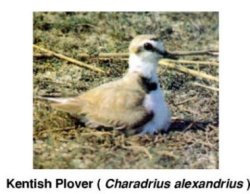 protect and conserve the extremely valuable but threatened wetland habitats in Serbia, and as successfully as possible, to improve the implementation of Ramsar Convention in our country."
protect and conserve the extremely valuable but threatened wetland habitats in Serbia, and as successfully as possible, to improve the implementation of Ramsar Convention in our country."
Ramsar's Estelle Gironnet provides this brief description of the site, based on the materials provided by the government of Serbia and Montenegro: Slano Kopovo (976 hectares, 45º38’N 020º13’E), designated effective 22 July 2004, is a Special Nature Reserve and IBA in Vojvodina province. The site, left over from the draining of an ancient meander of the Tisza River, is a rare and representative example of salt habitats but presents also, on its eastern side, a smaller freshwater depression. It is one of Serbia's most important bird habitats and regularly supports more than 20,000 waterbirds, breeding and migrating. It is especially suitable for cranes, ducks, geese and shorebirds and supports a significant number of vulnerable, threatened and critically endangered species such as Numenius tenuirostris, Anser erythropus, Branta ruficollis, Oxyura leucocephala, Aquila heliaca, Falco naumanni, Otis tarda, the rodent Spermophilus citellus, and plant communities such as the rare Thero-Salicornietea specific to salty grounds. The area is threatened by a decrease in water level, as the drying up of the depressions during summer and autumn is becoming more frequent, caused chiefly by the development of a channel web and dam construction on the Tisza which has lowered the level of the underground waters. Other negative factors are plowing of pastures, use of chemicals and artificial fertilizers for agriculture. Human activities include regulated hunting, livestock husbandry, agriculture, and the use of mud for curing ailments. There is a high potential of scientific research and conservation education. Church remnants from the 9th-11th centuries exist on site. Conservation priorities concern the sanitation and improvement of the water regime.
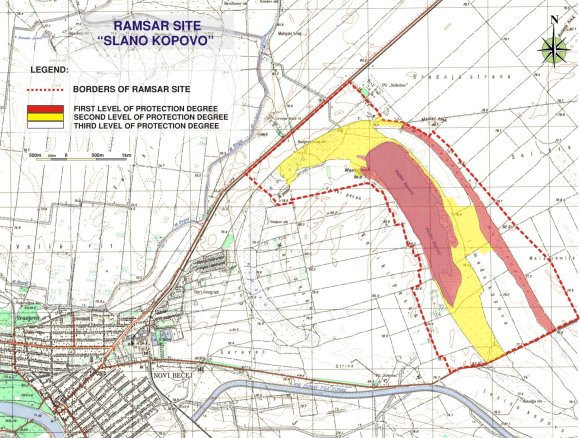
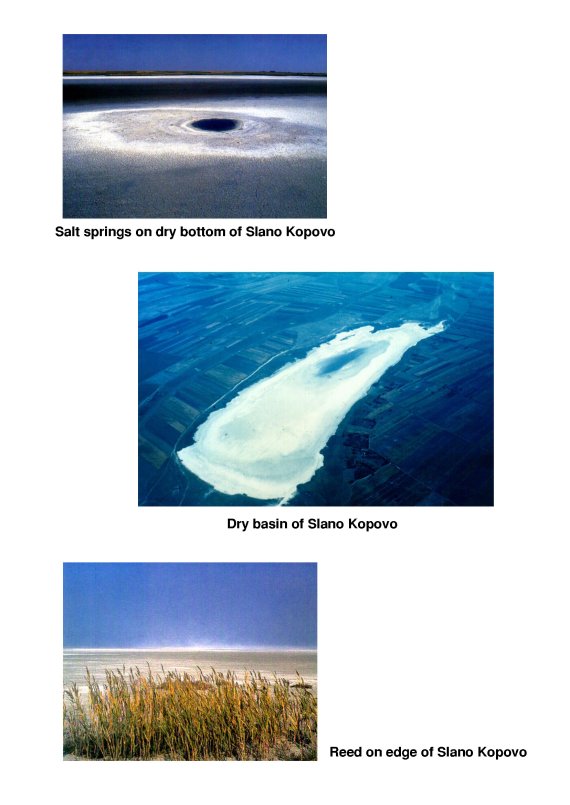
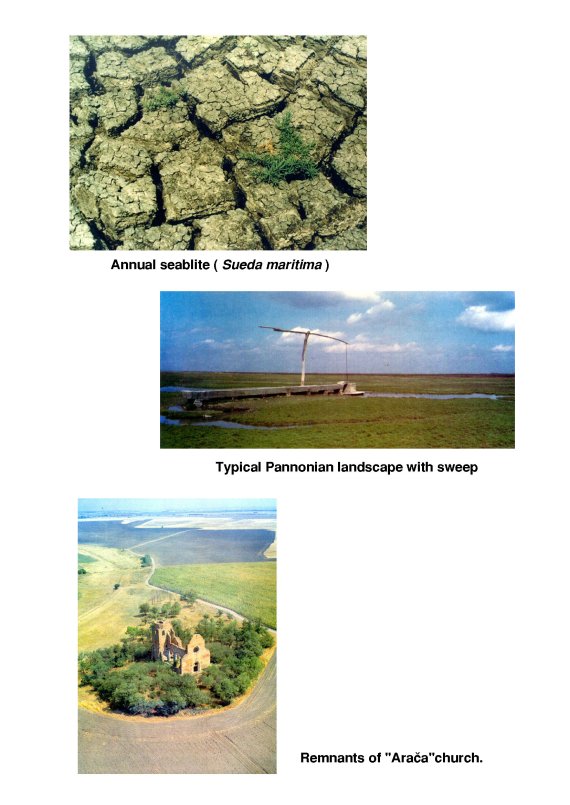
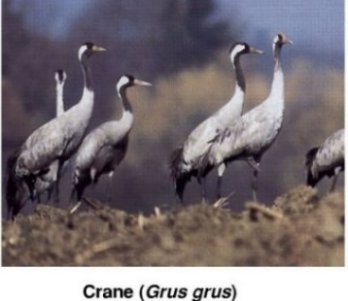 | 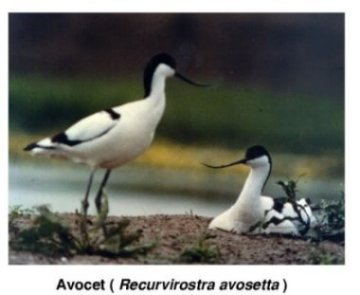 |